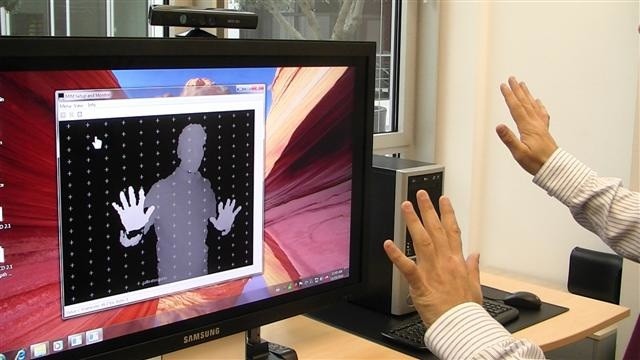Introduction
Apple has recently announced its intention to transfer a significant portion of its intellectual property from PrimeSense, the Israeli company it acquired in 2011. This move is part of Apple’s ongoing strategy to streamline its technology portfolio and ensure long-term viability. PrimeSense, which was a key partner with Microsoft during the development of the Kinect 3D motion sensing technology, contributed critical patents that have now been moved to Apple.
Background on PrimeSense
PrimeSense was founded in 2007 by three engineers who developed the first commercial 3D motion tracking system. This breakthrough enabled new possibilities across various industries, including gaming, film, and higher education. The Kinect sensor, co-developed with Microsoft, revolutionized entertainment by allowing users to interact with video games and other digital content through simple gestures.
Why Apple is Moving Away from PrimeSense
Apple’s decision to transfer its intellectual property from PrimeSense stems from the company’s broader strategic goals. By offloading less critical technologies, Apple can focus on developing its core strengths in areas such as mobile computing, software, and design. This move also aligns with Apple’s commitment to reinvesting resources into its signature products while reducing reliance on partnerships that may not meet its long-term vision.
The Kinect 3D Motion Sensing Technology
The Kinect sensor, developed by PrimeSense (now part of Microsoft), introduced a new paradigm in interaction design. It allowed users to control devices through gestures, such as pointing or making shapes with their hands. This technology was particularly impactful on the gaming industry, where it enabled entirely new forms of gameplay.
The Patent Transfer: Details and Implications
The specific patent being transferred from PrimeSense covers fundamental aspects of a 3D mapping sensor system. This technology is designed to capture light patterns projected onto objects in three-dimensional space, enabling precise tracking of movements and interactions with the environment.
Technical Details of the Patent
- Optical Projection System: The patent describes an optical projection system that emits a specific light pattern onto objects. This pattern is then recorded as it falls across various surfaces in 3D space.
- Pattern Interpretation: The resulting distortion from the reflected pattern can be interpreted by an optical sensor to determine spatial relationships and object positions.
- Sensitivity and Accuracy: The system is highly sensitive to variations in light reflection, allowing for accurate mapping of movements even in challenging environments.
Applications Beyond Kinect
While initially developed for gaming consoles like the Xbox, this technology has broader potential applications. For instance, it could be adapted for enhanced gesture control in Apple’s devices, including its planned Apple TV platform. Additionally, the system’s flexibility suggests possibilities for integration into future iOS devices, potentially enabling more intuitive and immersive user experiences.
Impact on Apple’s Product Roadmap
Apple is unlikely to introduce new hardware featuring this technology in the near term. However, the transfer marks a strategic step that could have long-term benefits. By consolidating its intellectual property, Apple positions itself to leverage these technologies effectively across its product lineup.
The Apple TV: A Long-Term Focus
The Apple TV has been a significant project for Apple, with multiple refresh cycles expected in coming years. Adding gesture control to this platform could enhance user interaction and differentiate it from competitors like Roku and Amazon Fire tablets. This technology transfer is one potential component of such developments.
Conclusion
Apple’s move to transfer intellectual property from PrimeSense reflects its strategic focus on optimizing resources and strengthening its core competencies. While the immediate impact may be limited, this decision positions Apple to build upon these technologies in innovative ways across its product offerings, particularly in the realm of entertainment and computing.




